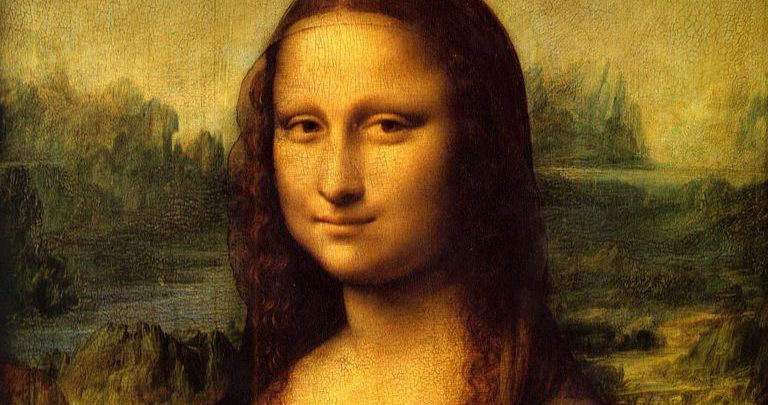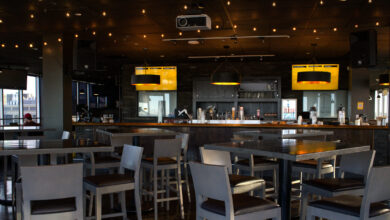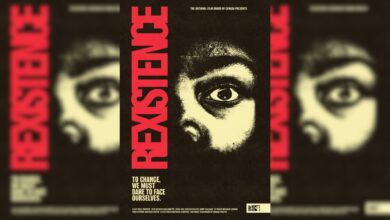Five Historical Figures You Didn’t Know Were Queer: Leonardo Da Vinci
 Supplied
SuppliedIt’s an unfortunate reality that the erasure of queer history is everywhere in our culture. Noteworthy queer people throughout history have been straightwashed, made palatable for the mainstream.
For instance, Cleopatra’s trysts with Marc Antony have been documented and dramatized extensively — yet how many people think of Nicomedes IV alongside his lover, Julius Caesar? Both couples shared romantic affairs that could’ve been the stuff of legend, though only one couple attained the status.
In honour of pride week, I’ll be bringing light to five people you may not have known were queer. Up first, Leonardo Da Vinci!
- Leonardo Da Vinci
Yup! The man who painted the Mona Lisa, the same person historians dub “the Renaissance man,” has essentially been proven to be gay — and I, personally, am all for Da Vinci becoming a queer icon (almost exactly) 500 years post-mortem.
At the age of 24, Da Vinci was charged twice, and once (briefly) jailed along with a few other men his age, for the charge of sodomy with a male sex worker named Jacopo Saltarelli. In most European countries at the time, the punishment for sodomy was mutilation or execution, and the trials were often shams. Luckily, Da Vinci lived in Florence, which had a relatively thriving gay subculture, and since there were no corroborating witnesses, the charges were dismissed.
Moreover, Leonardo wrote at length in his personal notebooks about how the thought of sex between a man and woman disgusts him. He also doodled vaguely anthropomorphic penises in his notebooks a la Superbad. Beyond that, it’s well-known that Da Vinci drew far more men nude than women, paying considerably more detail to the genitalia of males — a fact which some psychologists argue exemplifies his active sublimation of homosexuality.
Da Vinci was also rumoured to be romantically and sexually involved with each of the male assistants he had at different parts of his life. The great painter gave the first, Gian Giacomo Caprotti da Oreno, the nickname Salai (Italian for “Little Devil”).
To this day, Caprotti (who may have been the model for the Mona Lisa) is most commonly referred to by the moniker. Becoming a muse for Da Vinci, he is believed to be the model for many of his notable works, including homoerotic thirst traps like Saint John the Baptist and The Incarnate Angel.
Gian Paolo Lamazzo’s unpublished manuscript Ill Libro del Sogni, written in 1563, features a fictionalized version of Da Vinci discussing his and Salai’s sexual exploits, indicating that speculation on Da Vinci’s sexuality dates back at least five centuries.
Upon his death, Da Vinci left half his estate to Salai, including the Mona Lisa. His estate’s other half, he left to the young nobleman, Francesco Melzi, who assisted him in his final years.
Historical figures are more often than not de-queered in film and academia, stripping the LGBT+ community of its contributions to history. We owe them recognition not just for the hardships that prejudice caused them while alive, but for the sake of contemporary youth lacking historical queer role models. And Leonardo Da Vinci, queer icon, is a solid place to start.




